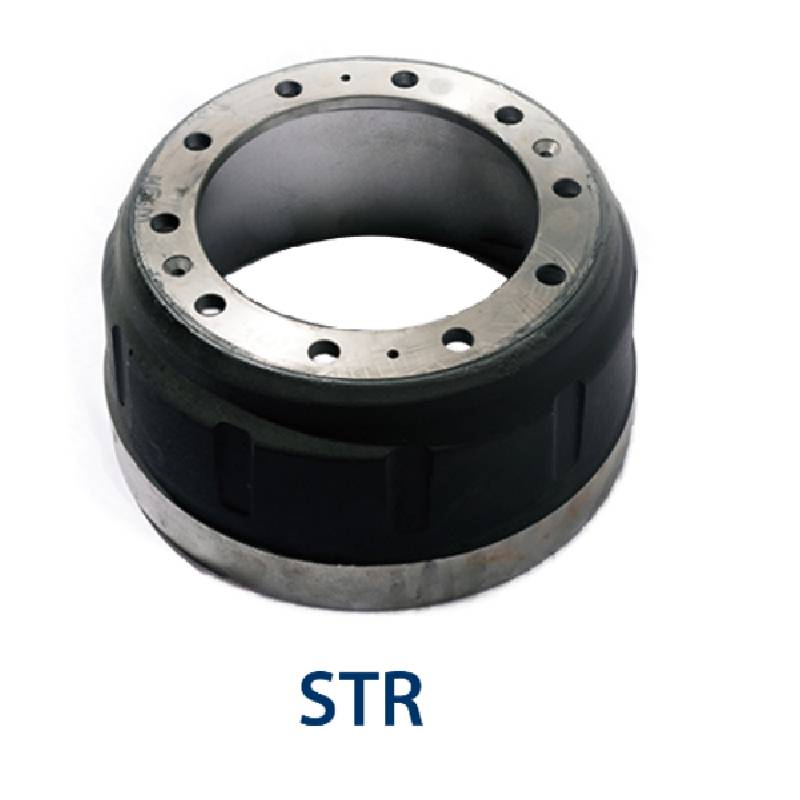12 月 . 04, 2024 09:55 Back to list
15x4 brake drum
Understanding the 15x4 Brake Drum Key Features and Applications
When it comes to the automotive industry, particularly in vehicles like trucks and trailers, the brake system is one of the critical components that ensure safety and efficiency. Among the various parts of the braking system, the brake drum plays a vital role, especially in drum brake configurations. This article will explore the 15x4 brake drum, discussing its specifications, applications, and the importance of regular maintenance.
What is a Brake Drum?
A brake drum is a cylindrical component that houses the braking mechanism in drum brake systems. It is typically made from cast iron or aluminum and is designed to withstand high levels of stress and heat generated during braking. The brake shoes are pressed against the inside of the drum to create friction, which slows down or stops the vehicle.
Specifications of the 15x4 Brake Drum
The designation 15x4 refers to the dimensions of the brake drum, specifically its diameter and width. A 15-inch diameter drum with a width of 4 inches is common in many heavy-duty applications. This spec is designed for vehicles that require robust braking systems due to their size and weight.
- Diameter The 15-inch diameter offers a significant surface area for friction, enhancing the braking performance. - Width A 4-inch width allows for larger brake shoes, leading to better contact and more effective force distribution when braking. - Material Typically, brake drums are manufactured from durable materials that can handle thermal expansion and resist wear over time. - Treatment Some brake drums may undergo special treatments such as heat management processes to improve their performance under extreme conditions.
Applications
The 15x4 brake drum is predominantly used in heavy-duty trucks, trailers, and buses. These vehicles require a braking system that can manage higher loads and provide reliable stopping power.
15x4 brake drum

1. Commercial Trucks In the trucking industry, safe transport of goods is paramount. The effective performance of brake drums directly impacts the safety of the drivers and other road users. 2. Trailers Many trailers, including those carrying livestock or construction materials, utilize the 15x4 brake drum due to its strength and reliability. 3. Buses Public transport buses often rely on this size of brake drum, ensuring they can handle frequent stops and quick deceleration safely.
Advantages of Using a 15x4 Brake Drum
- Enhanced Braking Power The larger surface area improves the friction levels, allowing for quicker and more effective stops. - Heat Dissipation The design and materials used in the 15x4 drum enable better heat dissipation, reducing the likelihood of brake fade. - Durability High-quality brake drums are resistant to wear, which means longer service life and reduced replacement costs over time. - Safety The performance characteristics of the 15x4 brake drum contribute significantly to the overall safety of heavy-duty vehicles, allowing for consistent and reliable operation
Importance of Regular Maintenance
Regular maintenance of the brake system, including the brake drum, is essential for the longevity and performance of heavy-duty vehicles. Here are some maintenance practices to consider
- Inspection Frequently check the brake drums for wear and tear, ensuring that they remain within manufacturer specifications. - Cleaning Keep the brake drums clean from dust, grime, and other debris that could affect their performance. - Replacement If any components of the braking system, including the brake drum, show signs of significant wear, replace them promptly to avoid safety hazards.
Conclusion
The 15x4 brake drum is an integral part of the braking systems in heavy-duty vehicles. Its robust design, tailored dimensions, and reliable performance make it a preferred choice in various applications. With the right maintenance and care, these brake drums can provide excellent performance, enhancing safety on the road for drivers and passengers alike. Understanding the specifics of such components is crucial for truck owners and operators to ensure optimal vehicle efficiency and safety.
-
Brake Drum for Kamaz Trucks Durable OEM Replacement & High Performance
NewsMay.30,2025
-
Brake Drum Man High-Quality Drum Brake & Shoe Solutions
NewsMay.30,2025
-
High-Performance Brake Drum for Kamaz Trucks Durable Drum Brake Components
NewsMay.29,2025
-
Brake Drum Man High-Quality Drum Brake Drums & Brake Shoes
NewsMay.29,2025
-
Brake Drum MAZ High-Performance & Durable Replacement Parts
NewsMay.29,2025
-
heavy truck brake drums
NewsMar.07,2025
